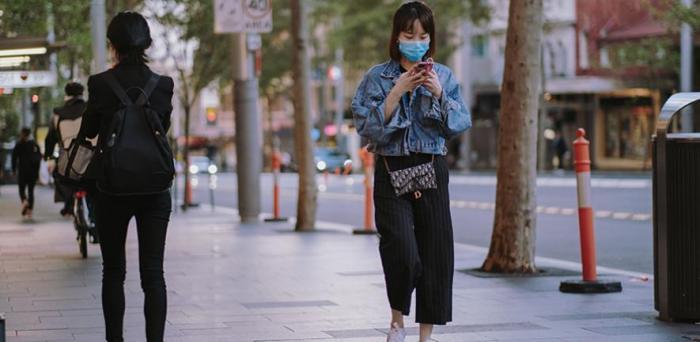The researchers, from the University of Cambridge and Northwestern University, tested the effectiveness of different fabrics at filtering particles between 0.02 and 0.1 micrometres – about the size of most viruses – at high speeds, comparable to coughing or heavy breathing. They also tested N95 and surgical masks, which are more commonly used in healthcare settings.
Previous studies have only looked at a small selection of fabrics when the wearer is breathing normally, when particles are expelled at lower speed. Studying more fabrics and testing them at higher speeds provides a more robust evidence base for the effectiveness of fabric masks.
The results, reported in the journal BMJ Open, show that most of the fabrics commonly used for non-clinical face masks are effective at filtering ultrafine particles. N95 masks were highly effective, although a reusable HEPA vacuum bag actually exceeded the N95 performance in some respects.
As for homemade masks, those made of multiple layers of fabric were more effective, and those which also incorporated interfacing, which is normally used to stiffen collars, showed a significant improvement in performance. However, this improvement in performance also made them more difficult to breathe through than an N95 mask.
The researchers also studied the performance of different fabrics when damp, and after they had gone through a normal washing and drying cycle. They found that the fabrics worked well while damp and worked sufficiently after one laundry cycle, however previous studies have shown that repeated washing degrades the fabrics, and the researchers caution that masks should not be reused indefinitely.
“Fabric masks have become a new necessity for many of us since the start of the COVID-19 pandemic,” said first author Eugenia O’Kelly from Cambridge’s Department of Engineering. “In the early stages of the pandemic, when N95 masks were in extremely short supply, many sewers and makers started making their own fabric masks, meeting the demands that couldn’t be met by supply chains, or to provide a more affordable option.”
While there are numerous online resources which help people make their own masks, there is little scientific evidence on what the most suitable materials are.
Image: Woman in face mask walking down the street during a coronavirus lockdown
Credit: Kate Trifo via Unsplash
Reproduced courtesy of the University of Cambridge
